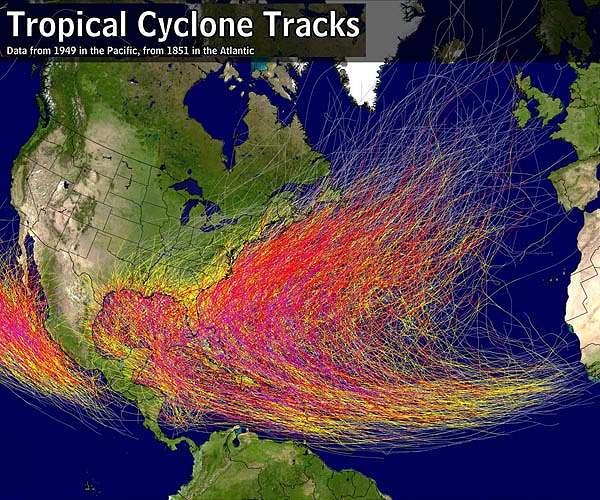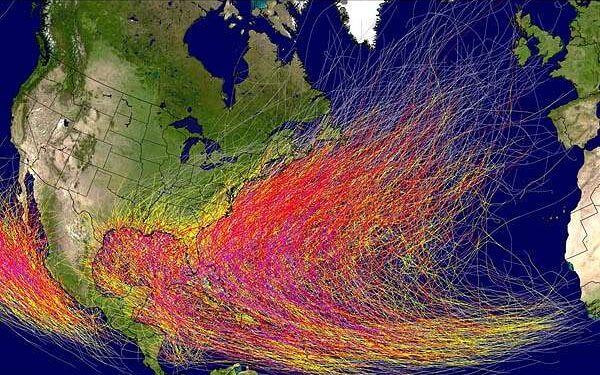
Algorithm from Mars Rover assists data analysis for Earth Sciences
by Clarence Oxford
Los Angeles CA (SPX) Sep 22, 2024
A new algorithm called Nested Fusion, developed by Georgia Tech Ph.D. student Austin P. Wright, is enhancing scientists’ ability to search for evidence of life on Mars while also providing broader applications for data analysis on Earth. Nested Fusion, which was introduced in a paper by Wright, supports NASA’s Mars 2020 mission and can also assist researchers from various fields who work with complex, overlapping datasets.
Wright showcased Nested Fusion at the 2024 International Conference on Knowledge Discovery and Data Mining (KDD 2024), where the algorithm was awarded runner-up for best paper. KDD is a leading event for research on knowledge discovery and data mining, drawing experts from across the globe.
“Nested Fusion is really useful for researchers in many different domains, not just NASA scientists,” Wright explained. “The method visualizes complex datasets that can be difficult to get an overall view of during the initial exploratory stages of analysis.”
Nested Fusion works by merging datasets with varying resolutions into a unified, high-resolution visual representation. This capability allows NASA scientists to quickly analyze multiple datasets from different sources, accelerating the study of Mars’ surface to uncover potential signs of ancient life.
In addition to its role in Martian exploration, Nested Fusion demonstrates how data science can transform traditional fields such as chemistry, biology, and geology. Wright is now expanding the algorithm’s applications to model climate changes and study plant and animal life by combining datasets from earth sciences.
“Users have extended Nested Fusion and similar algorithms toward earth science contexts, which we have received very positive feedback,” Wright added. He emphasized that Nested Fusion allows researchers to discover patterns and form hypotheses much earlier in the data analysis process than previously possible. “Cross-correlational analysis takes a long time to do and is not done in the initial stages of research when patterns appear and form new hypotheses. Nested Fusion enables people to discover these patterns much earlier.”
Wright serves as the data science and machine learning lead for PIXLISE, the software used by NASA JPL scientists to analyze data from the Perseverance Rover’s Planetary Instrument for X-ray Lithochemistry (PIXL). PIXL gathers data on Mars’ mineral composition using its X-ray Fluorescence (XRF) Spectrometer and Multi-Context Camera (MCC).
These instruments generate two aligned datasets – XRF captures detailed elemental composition, while MCC records visual and physical attributes. With different resolutions between XRF and MCC data, the task of mapping overlapping layers becomes complex. Nested Fusion addresses this challenge, streamlining NASA’s workflow and enabling a single scientist to analyze mineral compositions in hours rather than days.
“I think one of the biggest lessons I have taken from this work is that it is valuable to always ground my ML and data science problems in actual, concrete use cases of our collaborators,” Wright said. “I learn from collaborators what parts of data analysis are important to them and the challenges they face. By understanding these issues, we can discover new ways of formalizing and framing problems in data science.”
Wright’s paper, co-authored with Scott Davidoff, a principal research scientist at NASA JPL, and Polo Chau, a professor at Georgia Tech, earned significant recognition at KDD 2024, held from Aug. 25-29 in Barcelona, Spain. The paper was runner-up in the applied data science track, competing against over 150 other submissions.
“I was extremely happy that this work was recognized with the best paper runner-up award,” Wright said. “This kind of applied work can sometimes be hard to find the right academic home, so finding communities that appreciate this work is very encouraging.”
Related Links
PIXLISE
Georgia Institute of Technology
Space Technology News – Applications and Research
